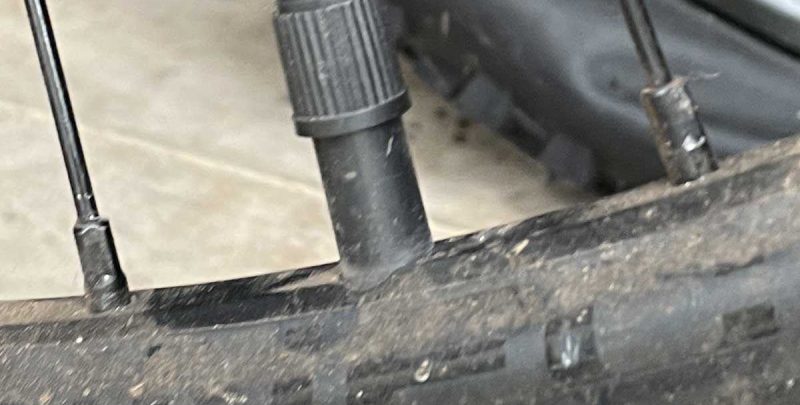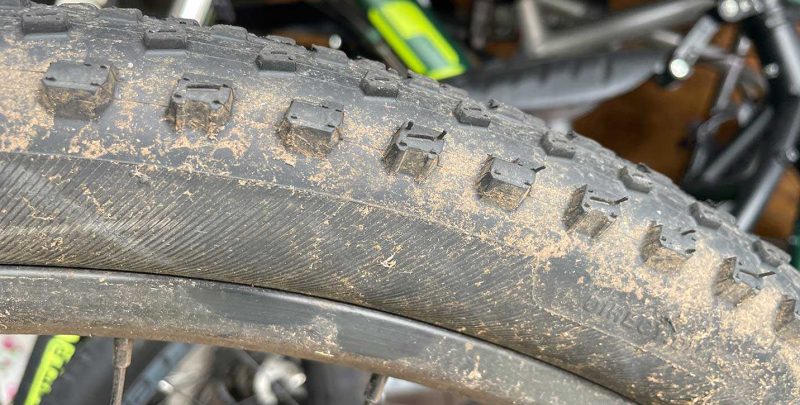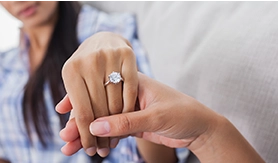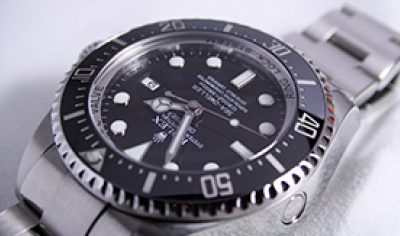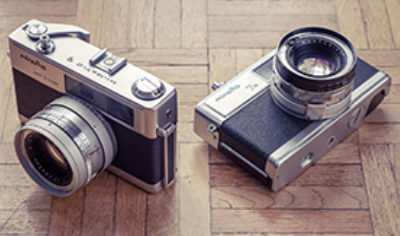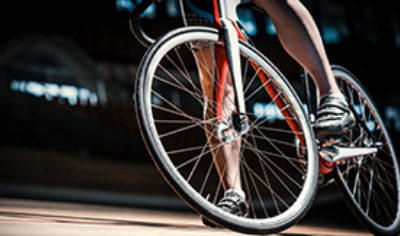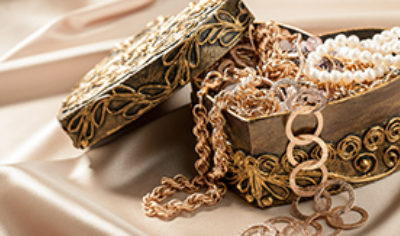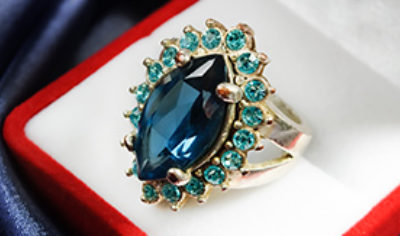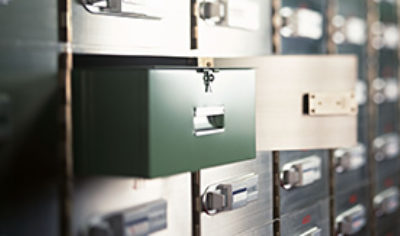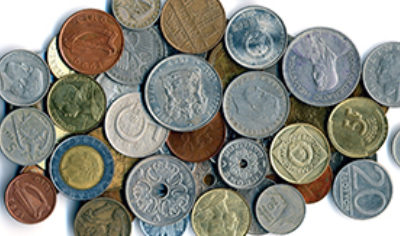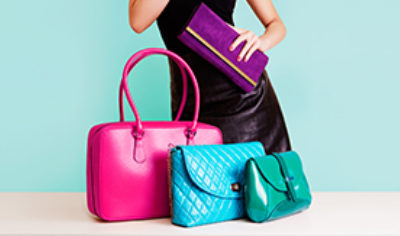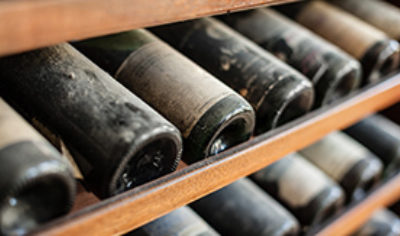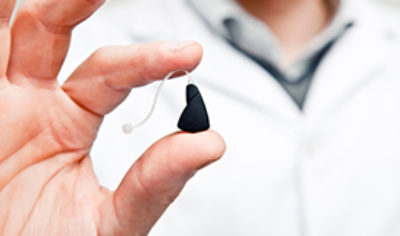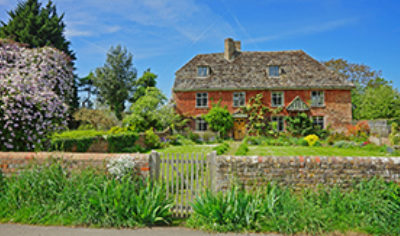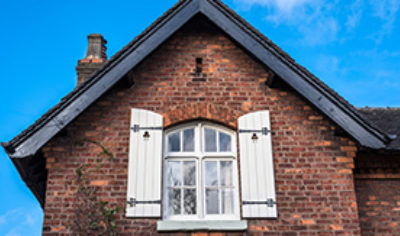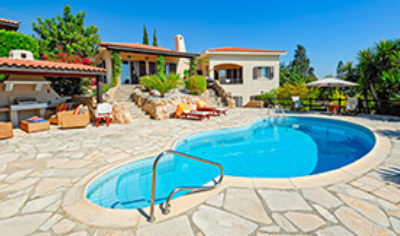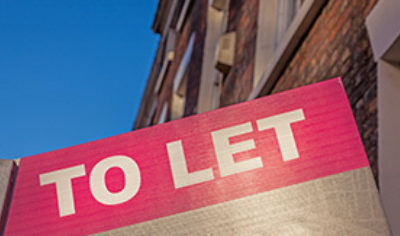Choosing the right bike lock for your needs can be daunting, especially when considering all the types of locks and insurance requirements. However, with the correct information, navigating insurance requirements and finding appropriate locks don't have to be a headache. This guide provides helpful advice on choosing the right bike lock, understanding insurance requirements, and protecting your bike once you've selected a bike lock. Whether you're a novice cyclist or an experienced pro, you'll find valuable tips to help you choose the right lock for your bike.
Home › Bicycle Insurance › Bicycle Insurance › A Guide to Choosing an Insurance Approved Bicycle Lock
A Guide to Choosing an Insurance Approved Bicycle Lock
Types Of Locks and Their Pros and Cons
There are many types of locks, but only a few are suitable for securing a bicycle.
- Chain locks - Chain locks are heavy, have a low breakage strength, and are easily cut by bolt cutters. However, they can be very secure if long enough to wrap around both wheels and the frame. The longer and thicker the chain, the safer it will be. A chain lock is a good choice if you are worried about theft.
- Cable locks - A wide, heavy-duty cable lock can be highly secure. However, these can also be easy to break with the right tools. They can also be less convenient to carry around on your bike than a chain lock. If you use a cable lock, ensure it is a thick, heavy-duty model. A lighter, thinner cable might easily break with the right tools.
- U-locks - U-locks can be very secure if you use the right type for your situation. A U-lock is a good choice if you are worried about theft. The larger and thicker the U-lock, the more secure it will be.
Understanding Insurance Requirements
Before shopping for a bike lock, you should understand the insurance requirements for bikes and their locks. Most insurance providers require bicycles secured with a lock that meets the following Sold Secure standards: Sold Secure is a testing house for security devices and is well respected for testing various locks.
- Sold Secure Bronze Rated Lock: Bicycles including any fixed Accessories, with an insured value of less than £1500.
- Sold Secure Silver-Rated Lock: Bicycles including any fixed Accessories with an Insured value of between £1,501- £2,500.
- Sold Secure Gold Rated Lock: Bicycles Including any fixed Accessories with an Insured value exceeding £2,500.
Sold Secure also makes a Diamond Grade lock, offering even greater protection.
Just so you know, different insurers have different thresholds for requiring a specific type of lock to be used; please check the requirements carefully. Please also keep in mind that the cycle must be locked using the device as the insurance company describes. This is generally through the cycle frame. If the bike is not locked correctly, your claim may not be valid.
Essential Features to Consider When Selecting A Lock
While selecting a lock that meets your insurance requirements, you should consider a few other things when purchasing. Some of these features are more important than others, so they are listed below in order of importance. The top features to consider when selecting a lock are:
- Security type - Many different types of locks are available today. You should choose a lock that is the most secure type available. For example, if you are worried about bike theft, you'll want to pick a lock that is difficult to cut.
- Cost - You don't want to break the bank when you purchase your lock. You should choose a lock that offers the best value for your money.
- Weight - You don't want to carry a bulky lock around. You should select a lightweight lock that is easy to carry on your bike. There are foldable locks available which are perfect for commuters.
- Key type - You want to ensure your lock's key is easy to use and accessible. If you plan to carry your lock, select a lock with the most convenient key type.
Tips For Securing Your Bike
Once you've selected an appropriate lock, you will need to know how to use it properly. When securing your bike, you should do a few things to ensure it's as safe as possible. These tips will help protect your bike and keep your lock in good condition. When on the road, follow these tips to protect your bike and keep it safe from an opportunist thief.
- Always lock your bike - Even if you only leave it for a few minutes, you should always lock it up. Even if you think it's too short of a distance to bother locking your bike up, you'd be surprised how quickly someone can take off with it. This may be a condition of your insurance, especially if you are away from your home.
- Lock your bike to something - You should always lock it when you leave it unattended. For example, you can use a U-lock and chain combination to lock your bike to a bike rack, signpost, or other immovable objects.
- Select a bike lock appropriate for your situation - If you are worried about someone stealing your expensive bike, select a lock that is difficult to cut or break. You should also ensure the lock is long enough to secure both wheels and the frame. Always make sure you follow your insurer’s guidelines.
Protect your lock from the elements - Extreme weather can damage and cause it to rust. Cover your lock when it's raining or snowing, and wipe it down with a cloth to remove dirt and grime that can rust it.
Maintenance And Replacement of Your Bike Lock
Regularly maintaining and replacing your bike lock is crucial to ensure its security. Here are a few tips to keep your lock in top condition:
- Clean your lock regularly - Dirt, grime, and rust can accumulate on your lock over time, causing it to become more challenging to open and compromising its security. Clean your lock regularly with a cloth and mild soap to keep it in good condition.
- Check for damage - Inspect your lock for any signs of damage or weakness, such as cracks, dents, or worn-out links. If you notice any issues, replace your lock immediately.
- Replace your lock if needed - If it has been used for several years or has been subjected to harsh weather conditions, it may be time to replace it. However, a worn-out or damaged lock can be easily cut or broken, so investing in a new one is best.
- Store your lock properly - When not in use, store your lock in a dry place to prevent rust and other damage. If you store your lock outdoors, leave your bike lock off the ground and consider covering it to protect it from the elements.
Following these tips and replacing your lock when necessary, you can ensure your bike stays secure and protected against theft.
Choosing the right lock can be difficult, especially with many different types and features. Understanding your insurance requirements before purchasing a lock and the different types of locks available is essential. Once you've researched what type of lock is best for your needs, it's easy to find the perfect lock for your bike.
